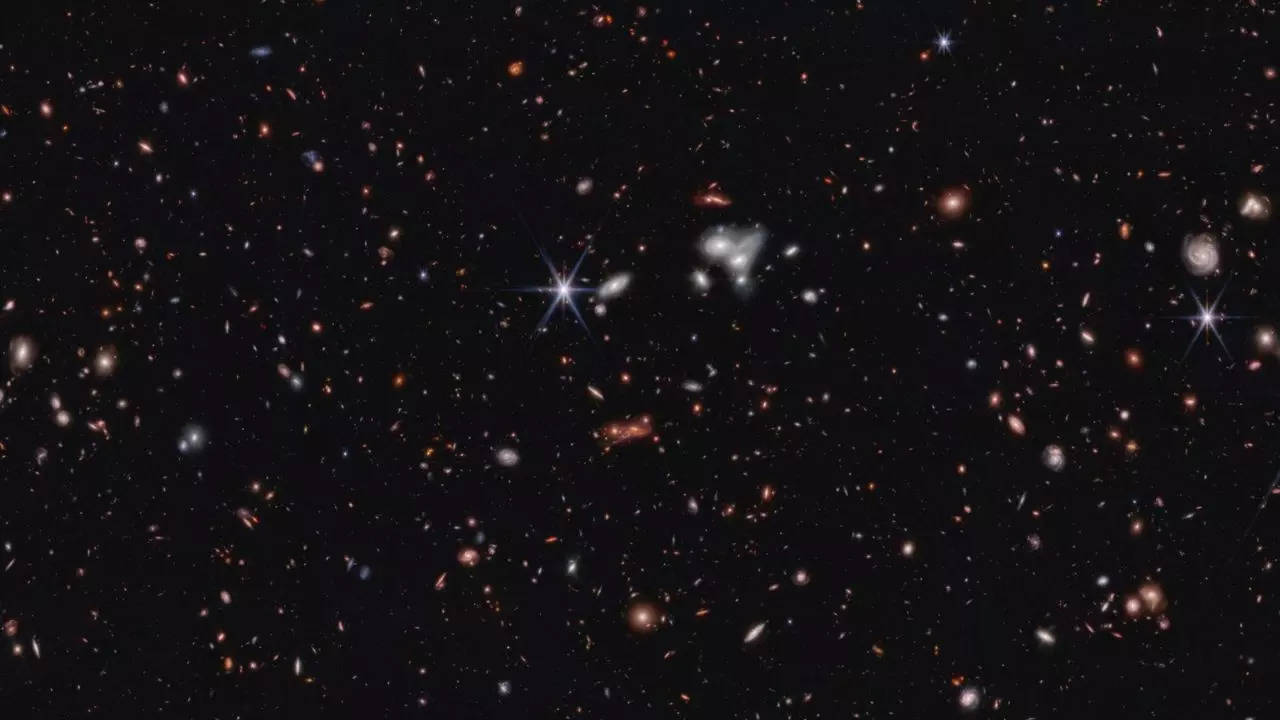[ad_1]
The workforce discovered that the power heating this swirling cloud of gasoline and mud originates from collisions with high-speed gasoline jets, or “shocks,” moderately than from the black gap itself as beforehand thought.This discovering challenges earlier theories that the black gap’s personal power was accountable for heating the mud.
James Webb Area Telescope reveals high-speed jets’ shocking impact on surrounding mud and gasoline
In response to an article revealed in Area.com, the supermassive black gap in query is situated in ESO 428-G14, an lively galaxy about 70 million light-years from Earth. An “lively galaxy” is characterised by its central area, or “lively galactic nucleus” (AGN), which emits intense gentle throughout the electromagnetic spectrum as a result of supermassive black gap consuming surrounding matter.
The shock function was found by the Galactic Exercise, Torus, and Outflow Survey (GATOS) workforce, who’re utilising JWST to analyze the centres of close by galaxies.
All massive galaxies are believed to have central supermassive black holes with plenty starting from thousands and thousands to billions of instances that of the solar, although not all of those black holes are in AGNs. For instance, the Milky Method’s black gap, Sagittarius A* (Sgr A*), is comparatively quiet, consuming matter at a minimal fee. In distinction, the supermassive black gap in Messier 87 (M87), round 55 million light-years away, is way more huge and actively feeds on an unlimited quantity of surrounding gasoline and mud.
The accretion disk round such black holes, shaped by matter carrying angular momentum, is heated to excessive temperatures by the black gap’s tidal forces. This heating causes the disk to glow brightly, contributing to the AGN’s illumination. Moreover, highly effective magnetic fields channel a number of the accretion disk matter into high-speed jets emitted from the black gap’s poles. These jets, emitting throughout the electromagnetic spectrum with robust radio waves, can outshine all the celebrities within the surrounding galaxy. The encircling mud typically obscures the AGN’s core, however infrared gentle, which JWST detects, can penetrate this mud.
The GATOS workforce’s observations of ESO 428-G14 confirmed that mud across the supermassive black gap is dispersed alongside the jet paths, indicating that these jets could affect each the heating and shaping of the mud. Additional analysis into the connection between jets and surrounding mud might present insights into how supermassive black holes form their galaxies and recycle materials in AGNs.
Additionally Learn | NASA James Webb Telescope: Stunning new images of NGC 7469 and other cosmic wonders captured
[ad_2]
This Put up could include copywrite



